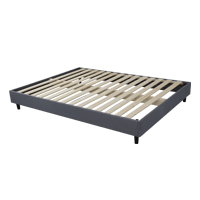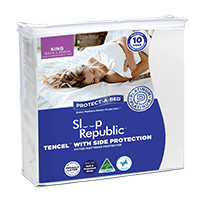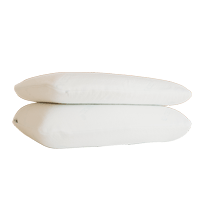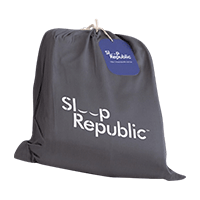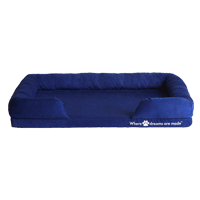Can't Sleep
Using ASMR to Improve Your Sleep
Everything You Need To Know About ASMR and Sleep
ASMR stands for the autonomous sensory meridian response. It’s a response triggered by audiovisual stimuli that elicits a sense of well-being and a tingling sensation in your scalp and down your spine.
ASMR videos and audio tracks have become an enormously popular aid for people to destress and fall asleep. YouTube might even recommend an ASMR video every once in a while. They can be worth it.
Putting on a video or, better yet, listening to an audio-only playlist can lull you into a relaxed state and send you into a deep, restful sleep.
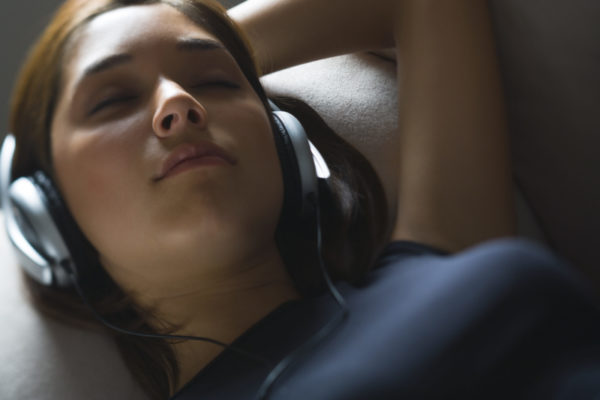
What Does ASMR Feel Like?
There are two components here: the ASMR triggers and the ASMR experiences.
Common ASMR triggers are aural. They’re quiet, subtle, repetitive sounds. Imagine someone gently crunching into a pickle or the staccato patter of fingernails on a wooden desk. Content creators will record these sounds right beside the mic so that when you listen to it, it sounds like the crunching and pattering are happening right next to your ear. It’s that intimate closeness, along with the sounds themselves, that induce the tingling experience.
The ASMR experience is unique in type and intensity for everybody. Generally, it feels like a tingling across the scalp that jitters down your neck, back, and limbs. But ASMR sensations aren’t like a wince or a shiver; it doesn’t raise your heart rate. Rather, it slows your heart rate down. And that’s precisely the calming feeling listeners are chasing.
How ASMR Works
Despite its popularity, there isn’t a great deal of scientific research into the neurological ASMR process.
There are hypotheses that it’s related to synesthesia, a condition in which one sense stimulates another, like the site of a colour inducing a bitter taste.
Some researchers also link it to misophonia, in which sounds provoke strong emotional reactions. But, right now, it’s hard to say for sure exactly how ASMR works.
The truth is, most of what we know about how ASMR works is anecdotal.
However, there are reliable studies on the effect of ASMR and its many benefits, including sleep induction.
Does ASMR Help You Sleep?
If you have trouble sleeping, ASMR can help. But it’s not guaranteed. It’s a non-universal phenomenon that doesn’t affect everyone. Even those it does affect experience it in different ways.
However, we are confident that ASMR is worth trying. Based on scientific evidence and anecdotal research, it can induce a state of relaxed peace, leading to a deeper, more fulfilling sleep.
The Science Behind ASMR & Sleep Induction
A psychological study conducted at Swansea University in the United Kingdom has shed some light on how people experience ASMR.
The study found that:
- 81% of interviewees used ASMR to fall asleep.
- 80% said ASMR had a positive effect on their mood.
- 69% reported ASMR eased their depression symptoms.
- 52% preferred quiet, relaxed conditions to benefit from ASMR.
Another fMRI study found that experiencing ASMR sparked the brain regions associated with reward and emotional arousal. Essentially, It’s the same feeling you get spending time with friends and loved ones.
What Are The Best ASMR triggers?
Popular ASMR triggers include:
- Camera lens tapping
- Makeup brush fluffing
- Roleplaying (doctors, barbers, therapists, etc.)
- Gentle scratching
- Blowing air
- Fingernail tapping on wood, plastic, glass, and other materials
- Pen and pencil scribbling
- Gentle chewing or eating
Because of its popularity, it’s not difficult to find high-quality ASMR content. YouTube is packed full of ASMR influencers who have created hours of highly specific content to trigger your autonomous sensory meridian response.
However, Spotify has several in-house curated playlists if you prefer purely audio content. Their content includes whispering, tapping and massage sounds. They’ve even got an ASMR Halloween playlist for seasonal spookiness.
From eating honeycombs to tapping on the camera lens to gently encouraging motivational monologues, you’ll find an ASMR artist who can cater to your specific triggers.
To truly experience ASMR, we suggest listening to a variety of content. You never know what unique content is going to set your response off.
It may be that a specific type of visual or sound, or even a particular artist or roleplay genre, offers precisely the tingles you need.
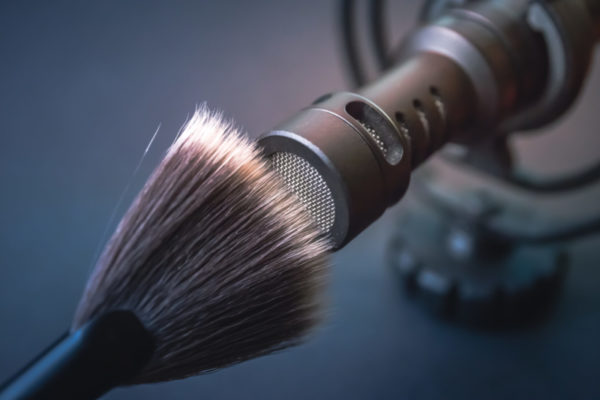
How To Use ASMR For Better Sleep
Integrating ASMR into your bedtime routine is a simple process. Once you’re ready for sleep, listen to a few minutes of ASMR content to induce relaxing tingles.
Think of it as meditation. Keep your space clear of distractions, and focus your mind on the content. We strongly recommend listening to audio rather than watching ASMR videos right before bedtime. The goal here is to reduce irrelevant stimuli, including light.
On that note, it’s important to maintain a consistent sleep routine to make the most of the ASMR experience. Therefore, your routine ought to include:
- A consistent sleep time
- A consistent wake-up time
- A comfortable room temperature
- Reducing light in your bedroom as much as possible
- Reducing unnecessary sound in your bedroom
- No caffeine or alcohol
- Stress and stimuli reduction
- Avoid large meals right before bed
Of course, no amount of ASMR will lull you to sleep on the wrong bed. Check out our Sleep Republic hybrid mattress, and see if it doesn’t trigger a warm, cosy slumber all by itself.


